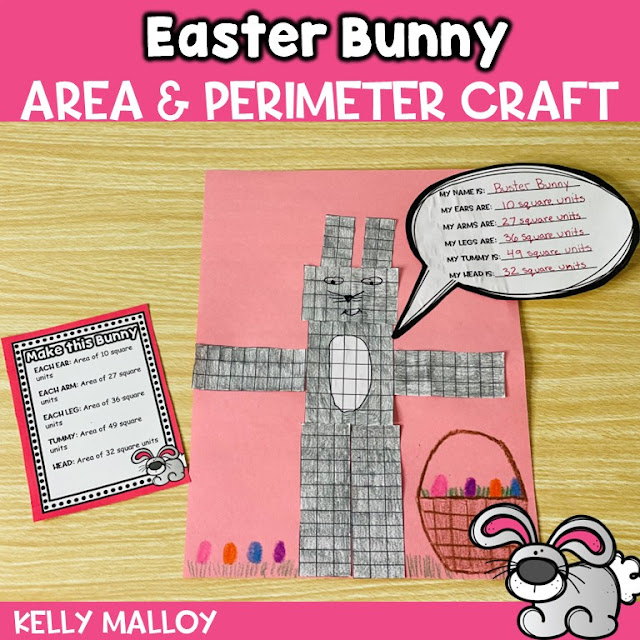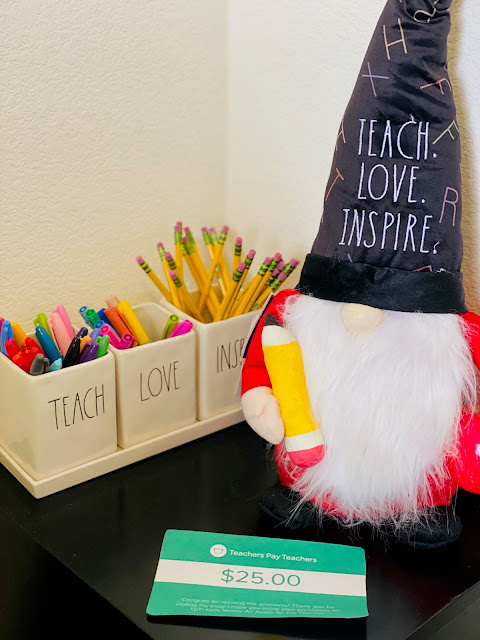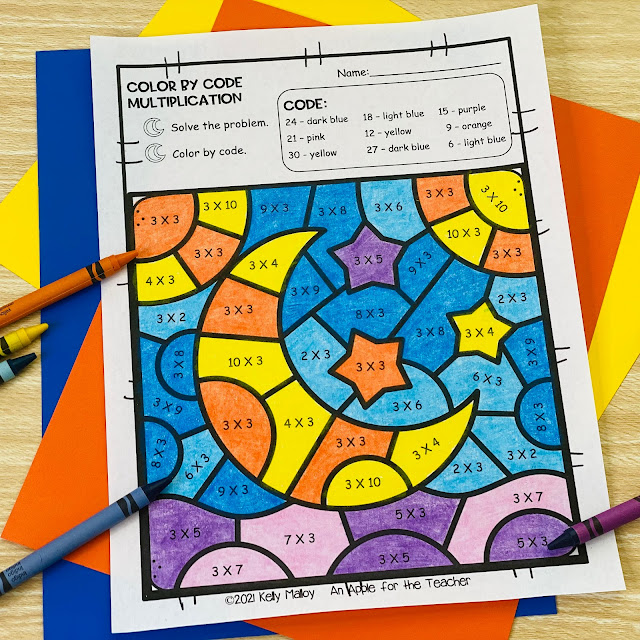As the Passover holiday approaches, it's a great time to teach your students about this important Jewish celebration. Here are some fun and engaging ideas for incorporating Passover into your lesson plans!
This post contains affiliate links. I earn a small commission each time someone makes a purchase using one of my links, which helps to support the blog. All opinions are my own and I only promote brands and products that I have used myself and truly love.
Passover Reading
There are many wonderful children's books about Passover, which can help your students understand the meaning and significance of the holiday. The Passover Lamb by Linda Elovitz Marshall is a great choice for younger students, while The Story of Passover by David A. Adler is a more detailed and comprehensive overview for older students. Have your students read these books and create a book report or a poster summarizing the story of Passover.
Passover Math Activities
Incorporating math into your Passover lessons is easy! Have your students practice multiplication by creating "Passover plates".
Provide each student with a paper plate and have them draw on different Passover symbols such as hardboiled eggs, matzo, and bitter herbs.
You can also print out these free Printable Passover Seder Plate pieces from Darcy Miller.
Education.com also has a great printable Seder plate.
Then, have them multiply the number of each symbol on their plate by a certain number. For example, of they have 3 matzos, they might multiply 3X2, since matzos are traditionally eaten for 2 nights. This activity reinforces math skills while also teaching about the traditional foods and symbols of Passover.
Passover Art
Provide your students with art supplies and have them create their own Passover-themed artwork. They can draw or paint the Seder plate, the Ten Plagues, or scenes from the Passover story.
Passover Social Studies
Passover is an important part of Jewish history and culture. Have your students research the history of Passover and its significance to the Jewish people. Discuss the symbolism of the Seder plate and what each item represents.
You can have a a Passover Symbols Scavenger Hunt by hiding various Passover symbols around the classroom, and providing cluses for your students to find them. Symbols can include the Seder plate, matzo, bitter herbs, and more.
Passover Timeline:
Have your students create a timeline of the Passover story, including the events leading up to the Exodus and the journey to the Promised Land. They can illustrate each event and write a brief summary.
Passover Writing
Have your students research and compile a recipe book of traditional Passover dishes. Encourage them to include recipes from different regions, and have them write a brief description of the significance of each dish.
Passover is a great opportunity to teach your students about history, culture, and traditions. These activities will engage your students and help them understand the significance of this holiday.



































